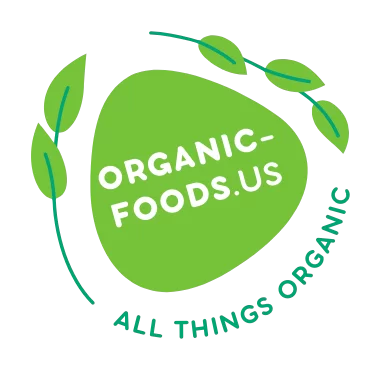Organic Cooking for One on a Budget
Introduction to Organic Cooking for One
Cooking for one on a budget can often feel like a daunting task, but it becomes even more challenging when you want to incorporate organic ingredients. Organic cooking not only benefits your health but also supports sustainable farming practices. But how can you maintain a nutritious, organic diet without breaking the bank? This article will guide you through the process of organic cooking for one, focusing on budget-friendly strategies that don’t compromise on quality or flavor.
Understanding Organic Foods and Budgeting
Organic foods are grown without the use of synthetic pesticides, fertilizers, or other harmful chemicals. They are often more expensive than their non-organic counterparts, but the health benefits and reduced environmental impact can justify the cost. When budgeting for organic cooking, it’s important to prioritize where to spend your money. Focus on the “Dirty Dozen” list, which highlights the fruits and vegetables with the highest pesticide residues, and opt for organic versions of these items. Conversely, the “Clean Fifteen” list can guide you to choose non-organic produce that is generally safer due to lower pesticide residues.
Strategic Shopping for Organic Ingredients
One of the key aspects of organic cooking on a budget is strategic shopping. Start by planning your meals for the week and creating a shopping list. This helps to minimize impulse buys and ensures you’re only purchasing what you need. Consider shopping at local farmer’s markets, where you can often find organic produce at lower prices than supermarkets. Joining a community-supported agriculture (CSA) program can also be a cost-effective way to get a regular supply of fresh, organic produce.
Maximizing Your Organic Purchases
Once you’ve bought your organic ingredients, it’s crucial to use them wisely. One effective strategy is to buy in bulk when possible. Items like grains, legumes, and spices can be stored for longer periods and used in various recipes. Another tip is to freeze any excess produce to prevent waste. For instance, berries and leafy greens can be frozen and used in smoothies or soups later on.
Cost-Effective Organic Recipes for One
Preparing meals for one can be tricky, but there are plenty of budget-friendly organic recipes that are perfect for solo cooks. Here are a few ideas to get you started:
Quinoa and Black Bean Salad: Quinoa is a versatile and nutritious grain that can be bought in bulk. Combine cooked quinoa with organic black beans, chopped vegetables, and a simple vinaigrette for a hearty and healthy meal.
Sweet Potato and Lentil Soup: Sweet potatoes and lentils are both affordable and packed with nutrients. Simmer them together with organic broth and spices for a comforting soup that can be enjoyed over several days.
Avocado Toast with Eggs: Avocados and eggs are budget-friendly sources of healthy fats and protein. Mash an avocado onto a slice of whole-grain toast and top it with a fried or poached egg for a quick and nutritious meal.
Smart Storage and Preservation Techniques
To make the most of your organic ingredients, it’s essential to store them properly. Invest in good quality storage containers to keep your food fresh for longer. For example, glass containers with tight-fitting lids are excellent for storing grains and legumes. Herbs can be stored in water in the refrigerator to extend their life, much like a bouquet of flowers. Additionally, consider preserving your organic produce through methods like pickling or fermenting. These techniques not only help to reduce waste but also add variety to your meals.
Utilizing Leftovers Creatively
Cooking for one often results in leftovers, which can be a great way to save money and time. Get creative with how you use your leftovers to avoid boredom. For instance, last night’s roasted vegetables can be transformed into a frittata or a wrap for lunch the next day. Similarly, leftover grains can be turned into a tasty stir-fry or a hearty salad. The key is to think of leftovers as ingredients rather than just reheated meals.
The Role of Meal Planning in Budget Organic Cooking
Meal planning is a cornerstone of budget organic cooking. By planning your meals in advance, you can ensure that you’re using your organic ingredients efficiently and reducing food waste. Start by setting aside some time each week to plan your meals. Consider what you already have in your pantry and what’s in season to help guide your meal choices. Use a meal planning template or app to keep track of your plans and shopping lists. This approach not only helps you stay within your budget but also makes cooking for one more enjoyable and less stressful.
Community Resources and Support
Lastly, don’t underestimate the value of community resources and support. Many cities have food co-ops or community gardens where you can access affordable organic produce. Joining a cooking group or participating in online forums can also provide inspiration and support for your organic cooking journey. Sharing tips and recipes with others who are also cooking for one can help you discover new ways to save money and enjoy your meals.
In conclusion, organic cooking for one on a budget is entirely achievable with the right strategies. By understanding the benefits of organic foods, shopping smartly, maximizing your purchases, and utilizing leftovers creatively, you can enjoy delicious and nutritious meals without overspending. With a bit of planning and resourcefulness, you can make organic cooking a sustainable and enjoyable part of your daily life.

